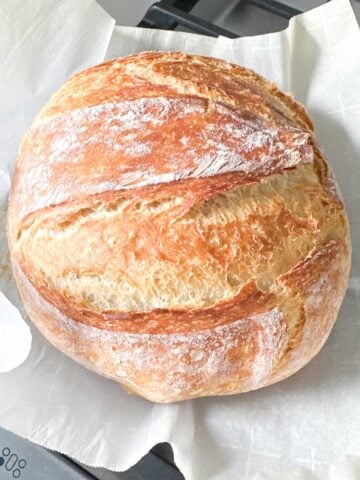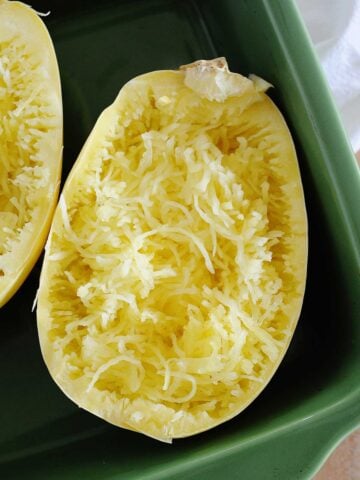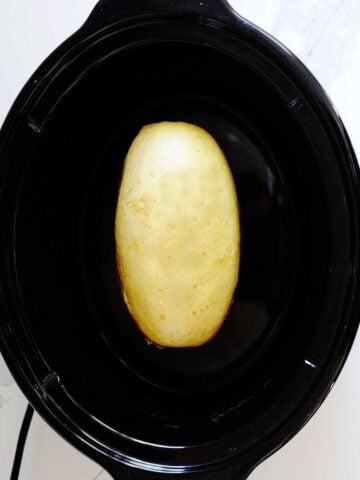Are your pancakes not coming out right? Too flat, gooey in the middle, burnt, flavorless… Yes, it can happen, and we’re going to fix this asap!
In this post, I share the most common pancake mistakes and easy fixes, so your breakfast favorite comes out perfect every time!

Pancakes are a long-standing breakfast (or dinner) tradition that you probably want to perfect, or you wouldn’t be here.
While they appear extremely simple, there is a science behind fluffy pancakes with golden-crispy edges. Even with the right pancake recipe, they can turn out less than desirable due to incorrect cooking techniques.
The first step is to identify the issue and then provide a solution to fix it, which is exactly the contents and purpose of this post.
Common Pancake Problems & Their Solutions
Below, you’ll find a comprehensive list of the most common pancake problems, followed by easy solutions and tips to fix them! From correct measurements to cooking temperature, get ready to learn what to do and what not to do.
Why are my pancakes flat?
Problem: flat pancakes result from expired baking powder or a too thin batter (runny). First, I’ll address the baking powder; an open tin of baking powder has a shelf life of 6 months. After that, the powder’s leavening abilities begin to diminish.
On the other hand, using too much liquid creates a runny batter which will easily spread onto the pan and make a thin, crepe-like pancake.
Solution: use fresh baking powder, and don’t prep the batter the night before. If it sits too long, the baking powder will be less effective in lifting. This same rule applies to baking soda for buttermilk pancakes.
Another way to avoid thin, lifeless pancakes is to use the recipe’s specified amount of milk. There should be 1 cup of liquid for every cup of flour.
Why are my pancakes rubbery or gummy?
Problem: overmixing the batter. Overmixing pancake batter causes the gluten to build up, making the cooked results rubbery discs instead of soft and fluffy pancakes.
Solution: Stir the batter until the wet and dry ingredients are just incorporated. A few lumps are okay! Pancake batter should be thick enough, so it drips off the back of a spoon.
Why are my pancakes gooey?
Problem: the pan isn’t hot enough. On a lukewarm cooking surface, pancake batter will soak up the oil as it cooks and give them a gooey, unpleasant texture.
Solution: make sure your non-stick pan or griddle is hot enough by adding a tiny amount of batter. If it lightly bubbles- you’re ready.
Related: How to Keep Pancakes Warm
Why are my pancakes not cooked through?
Problem: you’re using too much batter for each pancake and not cooking them long enough. Or, your heat is too hot, and you’re flipping them too early because the first side cooked too much.
Too much batter results in overcooked edges with undercooked centers.
Solution: use about ¼ cup for each pancake. Don’t flip until the edges are set, and the bubbles forming in the batter begin to pop.
Watch and see the exact moment to flip those pancakes.
Why are my pancakes burning?
Problem: this is from cooking temperatures that are too high and using butter to grease the pan. Butter browns very quickly, especially in a pan that’s too hot.
Solution: use vegetable oil to grease your non-stick pan or pancake griddle; it has a higher smoke point and gives the pancakes a gorgeous old-fashioned glow. Also, your cooking surface is set to medium heat, about 350F.
Why are my pancakes dense?
Problem: too much egg can cause the centers to be thick and custard-like, not what we’re going for with pancakes.
Solution: a good rule of thumb is one egg for every cup of flour.
Why do my pancakes fall apart?
Problem: not using a non-stick cooking surface and overcrowding the pan.
Solution: A GREASED and non-stick pan or griddle makes it easier to slip the pancakes onto the spatula and flip. For this reason, I prefer pancake griddles. They’re inexpensive and large enough to cook many pancakes at once.
Why are my pancakes flavorless?
Problem: not using salt, butter, or sugar. These three elements give pancakes a balanced and delicious flavor.
Solution: butter adds richness, and sugar gives the cooked pancakes a subtle sweet taste- you don’t need much. Most importantly, don’t skip the salt; it enhances the other flavors.
How to Measure Flour for Pancakes
The correct way to measure flour for pancakes is to scoop the flour into a measuring cup with a spoon and scrape off the excess with the back of the spoon or knife. If you need a visual, watch the video below to see how to measure flour and other baking goods.
This small step makes the difference between a soft pancake texture and one that’s too thick and dried out.
And that, my friends, concludes this overview of all of your pancake-making problems. The solutions are easy to implement, and I know they will help you make incredible pancakes batch after batch.





Leave a Reply